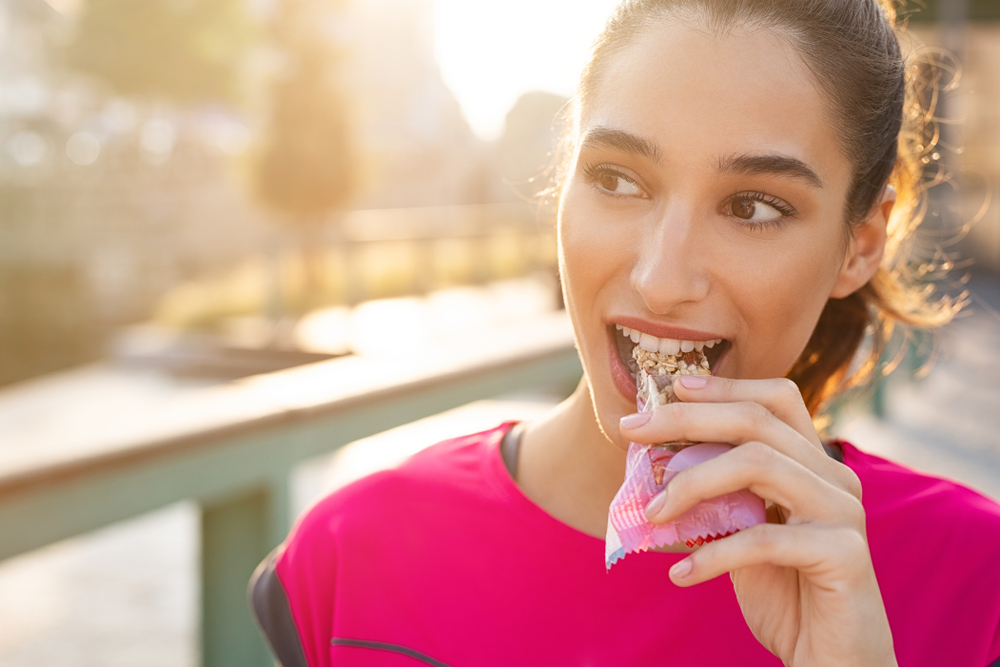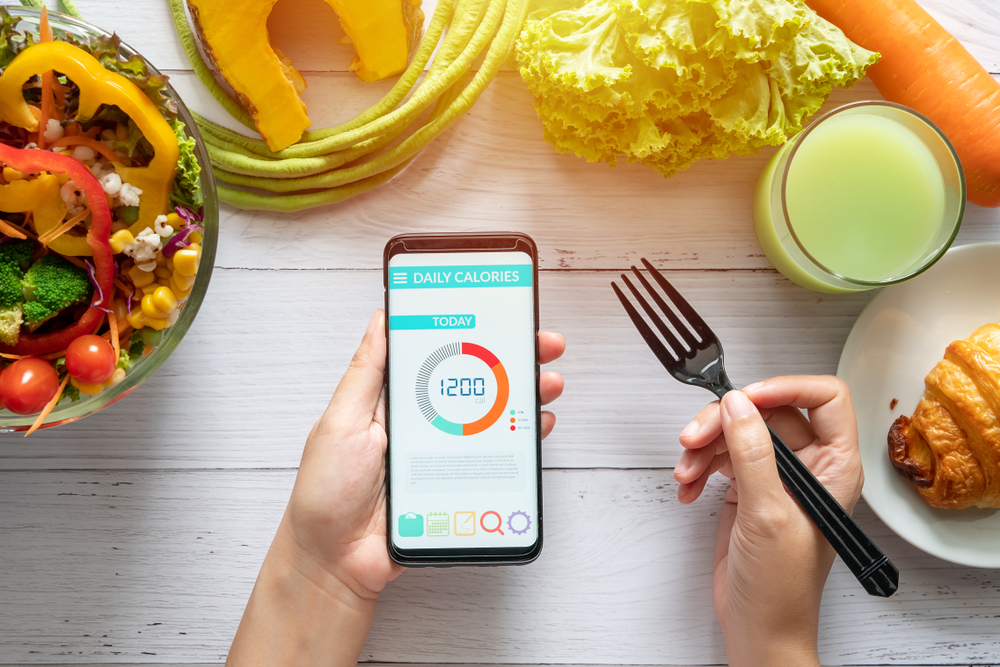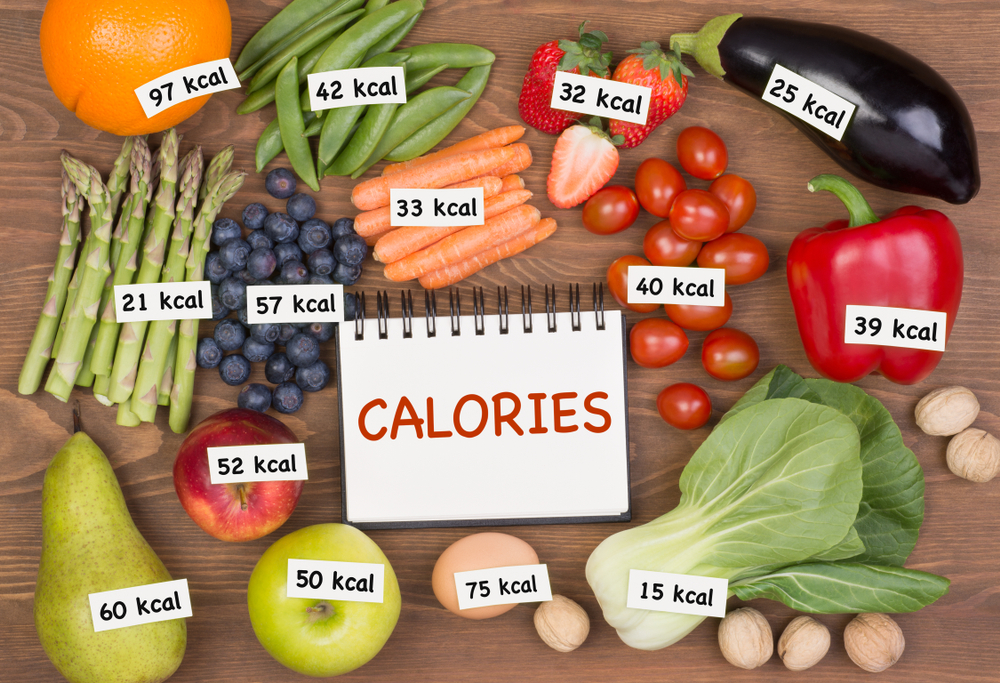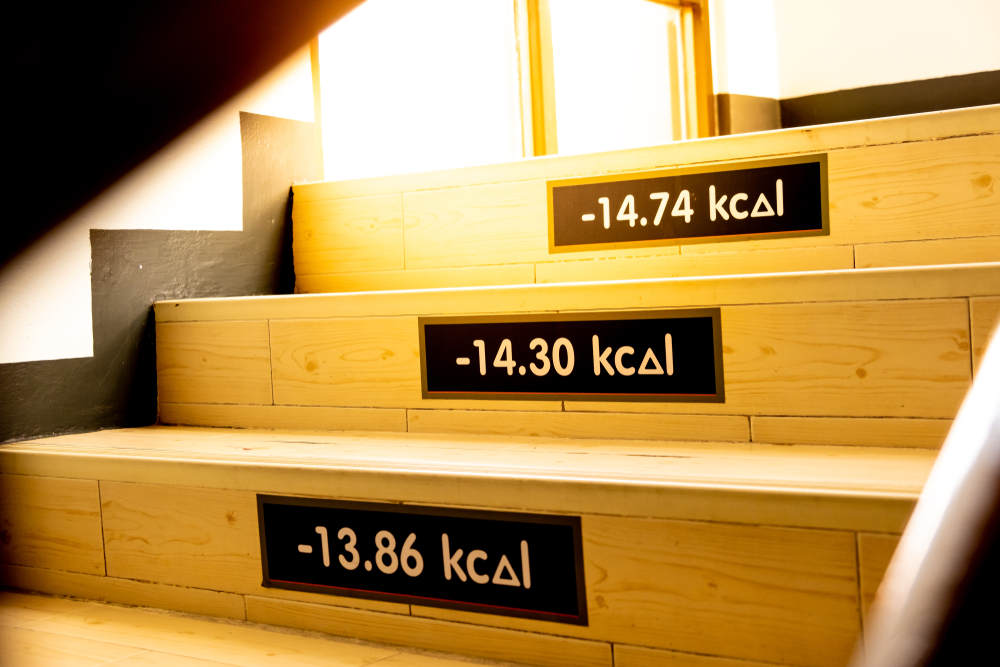You want to gain or lose weight, but don't know exactly how calorie expenditure works and what the difference is from one physical activity to another in terms of calories burned.
In this article we will look at what calories are, how to calculate and increase your calorie expenditure and offer you a detailed calorie expenditure's chart for some of the most common physical activities.
Calorie expenditure
Calories are a unit of energy equal to the amount of energy needed to raise the temperature of one gram of liquid water by one degree. They are mainly used in nutrition to calculate the energy intake of your diet and the calorie expenditure of each sporting activity.
Excess calories, due to consuming more calories than you expend, will be stored in your body as fat or, in smaller quantities, in muscle tissue. These reserves are a form of protection that your body will use if it finds itself in a calorie deficit situation. Spending more calories than you consume will therefore cause you to lose weight.
Note that other factors, such as hormones (as insulin, cortisol, progesterone, oestrogen and testosterone) can have an impact on weight gain or loss.
The formula to calculate your basal metabolic rate
Calorie expenditure for the same physical activity varies from a person to another according to their basal metabolic rate. Gender, weight, age and height have a big influence on this calculation and other factors such as being pregnant or growing (e. g. during adolescence) also have to be taken into account.
A simple formula to calculate your basal metabolic rate is:
Your weight (in kg) x 10 +your height (in cm) x 6. 25-your age (in years) x 5 =MB (in Kcal per day).
Add 5 if you are male or subtract 161 if you are female. This figure should then be multiplied by 1. 37 if you are sedentary, by 1. 55 if you are active or by 1. 8 for sportsmen. For example, for an athletic man of 70 kg, 1. 80 metres and 30 years old: (70 x 10) + (180 x 6. 25) - (30 x 5) - 5 = 1670.
We multiply his basal metabolic rate by 1. 8 because he is an athlete: 1670 x 1. 8 = 3006 kcal. This person will therefore need to consume well over 3000 kcal per day if they wish to gain weight or consume less than 3000 kcal if they wish to lose weight.
How to calculate your calorie expenditure
The best way to lose or gain weight is to know your calorie intake and expenditure.
Many mobile applications allow you to calculate your calorie expenditure in a quick and easy way. You will first need to enter your personal information (gender, age, height and weight) to calculate your basal metabolic rate and then choose a lifestyle (sedentary or physically active), which usually depends on your occupation, to determine the basis of your daily calorie expenditure.
Then, simply log in to the application after each exercise you perform to add additional calorie expenditure and your total expenditure will be calculated automatically.
A medical nutritionist can also help you calculate your calories burned more accurately and help you make the right decisions for your health.
How to increase your calorie expenditure
We burn calories all the time to meet our physiological needs, but it is possible to increase your calorie burn by changing certain habits:
- Do some "invisible" physical activity.
When we talk about calorie expenditure, we tend to think of high-intensity sports like weight training, cycling or jogging. In fact, there are many ways to increase your calorie burn without even realising it, simply by changing your lifestyle. Some examples are: using the stairs instead of the lift, cycling (or walking short distances) and adding active breaks to your working day.
- Choose a sport you enjoy doing. Choosing an activity that you enjoy will help you to be more consistent in your exercise. If this activity is not easy to do on a daily basis (e. g. if you depend on other people to do it or the training place is far from your home), supplement it with an easily achievable sport activity such as jogging.
- Do sport in a group or with a friend. The reason why activities like Crossfit and Zumba are so popular is because of their group dynamics. Doing a physical activity in a group or with a friend will help you stay motivated and increase your calorie burn by maintaining the intensity of the activity for longer periods of time than if you were alone.
In any case, look for an activity that is available close to your home because if your training location is too far away, your motivation to go there will be diminished.
Calorie expenditure table
Below are some examples of calorie expenditure to give you an idea of the difference between activities. These figures are approximate and are based on a healthy 30 year old weighing 70kg.
|
Physical activity (duration) |
Caloric expenditure for a man (Kcal) |
Caloric expenditure for a woman (Kcal) |
|
Walking, 4. 8km/h (one hour) |
237 |
209 |
|
Running, 8km/h (30 min) |
288 |
253 |
|
Running, 13 km/h (30 min) |
486 |
427 |
|
Swimming, moderate speed (30 minutes) |
252 |
221 |
|
Swimming, high speed (30 minutes) |
360 |
316 |
|
Bicycle, 16 to 19km/h (30 minutes) |
216 |
190 |
|
Bicycle, 22 to 25km/h (30 minutes) |
360 |
316 |
|
Strength training, moderate pace (30 minutes) |
108 |
95 |
|
Strength training, high pace (30 minutes) |
216 |
19 1 |
|
Football (30 minutes) |
252 |
221 |
|
Badminton (30 minutes) |
162 |
142 |
|
Gardening (one hour) |
288 |
253 |
To Conclude
There is no single method for losing or gaining weight, but starting with a calculation of your caloric intake and expenditure is a good start. It's up to you to find the sports routine and method that suits you best, mixing the useful with the pleasant.





